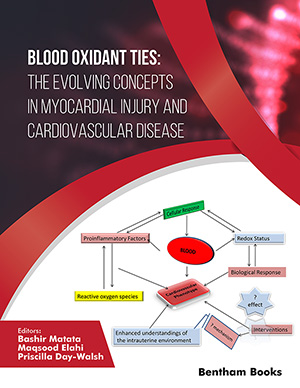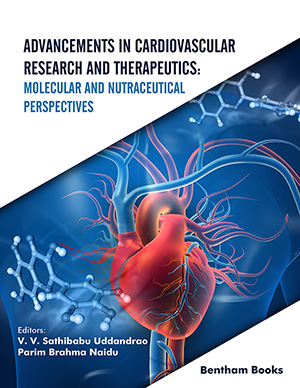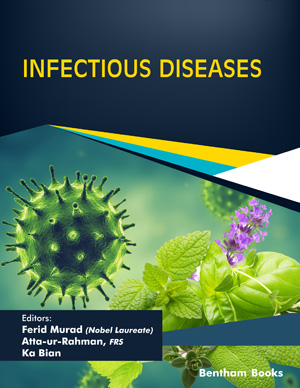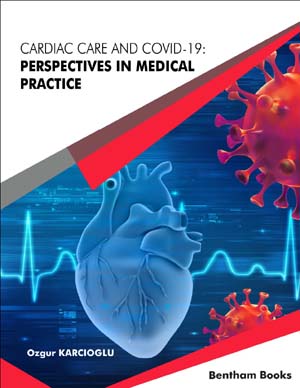
Abstract
Heart failure with reduced ejection fraction (HFrEF) is defined as the presence of typical symptoms of heart failure (HF) and a left ventricular ejection fraction ≤ 40%. HFrEF patients constitute approximately 50% of all patients with clinical HF. Despite breakthrough discoveries and advances in the pharmacologic management of HF, HFrEF patients continue to pose a significant economic burden due to a progressive disease characterized by recurrent hospitalizations and need for advanced therapy. Although there are effective, guideline-directed medical therapies for patients with HFrEF, a significant proportion of these patients are either not on appropriate medications’ combination or on optimal tolerable medications’ doses. Since the morbidity and mortality benefits of some of the pharmacologic therapies are dose-dependent, optimal medical therapy is required to impact the burden of disease, quality of life, prognosis, and to curb health care expenditure. In this review, we summarize landmark trials that have impacted the management of HF and we review contemporary pharmacologic management of patients with HFrEF. We also provide insight on general considerations in the management of HFrEF in specific populations. We searched PubMed, Scopus, Medline and Cochrane library for relevant articles published until April 2019 using the following key words “heart failure”, “management”, “treatment”, “device therapy”, “reduced ejection fraction”, “guidelines”, “guideline directed medical therapy”, “trials” either by itself or in combination. We also utilized the cardiology trials portal to identify trials related to heart failure. We reviewed guidelines, full articles, review articles and clinical trials and focused on the pharmacologic management of HFrEF.
Keywords: Heart failure trials, heart failure, HFrEF, ejection fraction, GDMT, management, therapy.
[http://dx.doi.org/10.1016/j.pcad.2017.08.006] [PMID: 28847619]
[http://dx.doi.org/10.1016/j.ijcard.2012.06.113] [PMID: 22795401]
[http://dx.doi.org/10.1111/jce.13284] [PMID: 28670752]
[http://dx.doi.org/10.1016/j.hrthm.2013.01.008] [PMID: 23473952]
[http://dx.doi.org/10.1016/j.jchf.2017.06.013] [PMID: 29032140]
[http://dx.doi.org/10.1016/j.cardfail.2017.04.014] [PMID: 28461259]
[http://dx.doi.org/10.1016/j.jacc.2013.05.019] [PMID: 23747642]
[http://dx.doi.org/10.1016/j.cardfail.2016.09.017] [PMID: 27663100]
[http://dx.doi.org/10.1152/ajpheart.00501.2004] [PMID: 15319203]
[http://dx.doi.org/10.1056/NEJM198706043162301] [PMID: 2883575]
[http://dx.doi.org/10.1056/NEJM199108013250501] [PMID: 2057034]
[http://dx.doi.org/10.1056/NEJM199209033271001] [PMID: 1386652]
[http://dx.doi.org/10.1056/NEJMoa010713] [PMID: 11759645]
[http://dx.doi.org/10.1016/S0140-6736(03)14284-5] [PMID: 13678870]
[http://dx.doi.org/10.1016/S0140-6736(03)14283-3] [PMID: 13678869]
[http://dx.doi.org/10.1161/01.CIR.90.4.1765] [PMID: 7923660]
[http://dx.doi.org/10.1016/S0140-6736(98)11181-9] [PMID: 10023943]
[http://dx.doi.org/10.1016/S0140-6736(99)04440-2] [PMID: 10376614]
[http://dx.doi.org/10.1056/NEJM200105313442201] [PMID: 11386263]
[http://dx.doi.org/10.1016/S0140-6736(03)13800-7] [PMID: 12853193]
[http://dx.doi.org/10.1177/1074248418778550] [PMID: 29793347]
[http://dx.doi.org/10.1056/NEJM199909023411001] [PMID: 10471456]
[http://dx.doi.org/10.1056/NEJMoa030207] [PMID: 12668699]
[http://dx.doi.org/10.1056/NEJMoa1009492] [PMID: 21073363]
[http://dx.doi.org/10.1056/NEJM198606123142404] [PMID: 3520315]
[http://dx.doi.org/10.1056/NEJMoa042934] [PMID: 15533851]
[http://dx.doi.org/10.1161/CIRCHEARTFAILURE.109.866822] [PMID: 19919978]
[http://dx.doi.org/10.1161/01.CIR.0000029801.86489.50] [PMID: 12186794]
[http://dx.doi.org/10.1056/NEJMoa1409077] [PMID: 25176015]
[http://dx.doi.org/10.1016/j.ahj.2018.01.004] [PMID: 29653636]
[http://dx.doi.org/10.1016/S0140-6736(10)61198-1] [PMID: 20801500]
[http://dx.doi.org/10.1056/NEJMoa1005419] [PMID: 21366472]
[http://dx.doi.org/10.1016/j.amjcard.2010.01.355] [PMID: 20538132]
[http://dx.doi.org/10.1056/NEJM199702203360801] [PMID: 9036306]
[http://dx.doi.org/10.1002/ejhf.584] [PMID: 27492641]
[http://dx.doi.org/10.1016/j.amjcard.2015.12.030] [PMID: 26810859]
[http://dx.doi.org/10.1161/CIRCHEARTFAILURE.114.001778] [PMID: 26179184]
[http://dx.doi.org/10.1002/phar.1939] [PMID: 28475215]
[http://dx.doi.org/10.1161/CIR.0000000000000627] [PMID: 30412710]
[http://dx.doi.org/10.1016/j.jacc.2003.12.040] [PMID: 15120808]
[http://dx.doi.org/10.1023/B:CARD.0000025756.32499.6f] [PMID: 15115904]
[http://dx.doi.org/10.1016/j.mehy.2016.05.001] [PMID: 27241267]
[http://dx.doi.org/10.1001/jama.297.12.1319] [PMID: 17384437]
[http://dx.doi.org/10.1056/NEJMoa1214865] [PMID: 23473338]
[http://dx.doi.org/10.1056/NEJMoa022479] [PMID: 12660387]
[http://dx.doi.org/10.1016/j.ijcard.2008.02.030] [PMID: 18584895]
[http://dx.doi.org/10.1113/expphysiol.2013.074310] [PMID: 24293507]
[http://dx.doi.org/10.1186/s13395-019-0189-y] [PMID: 30678732]

















